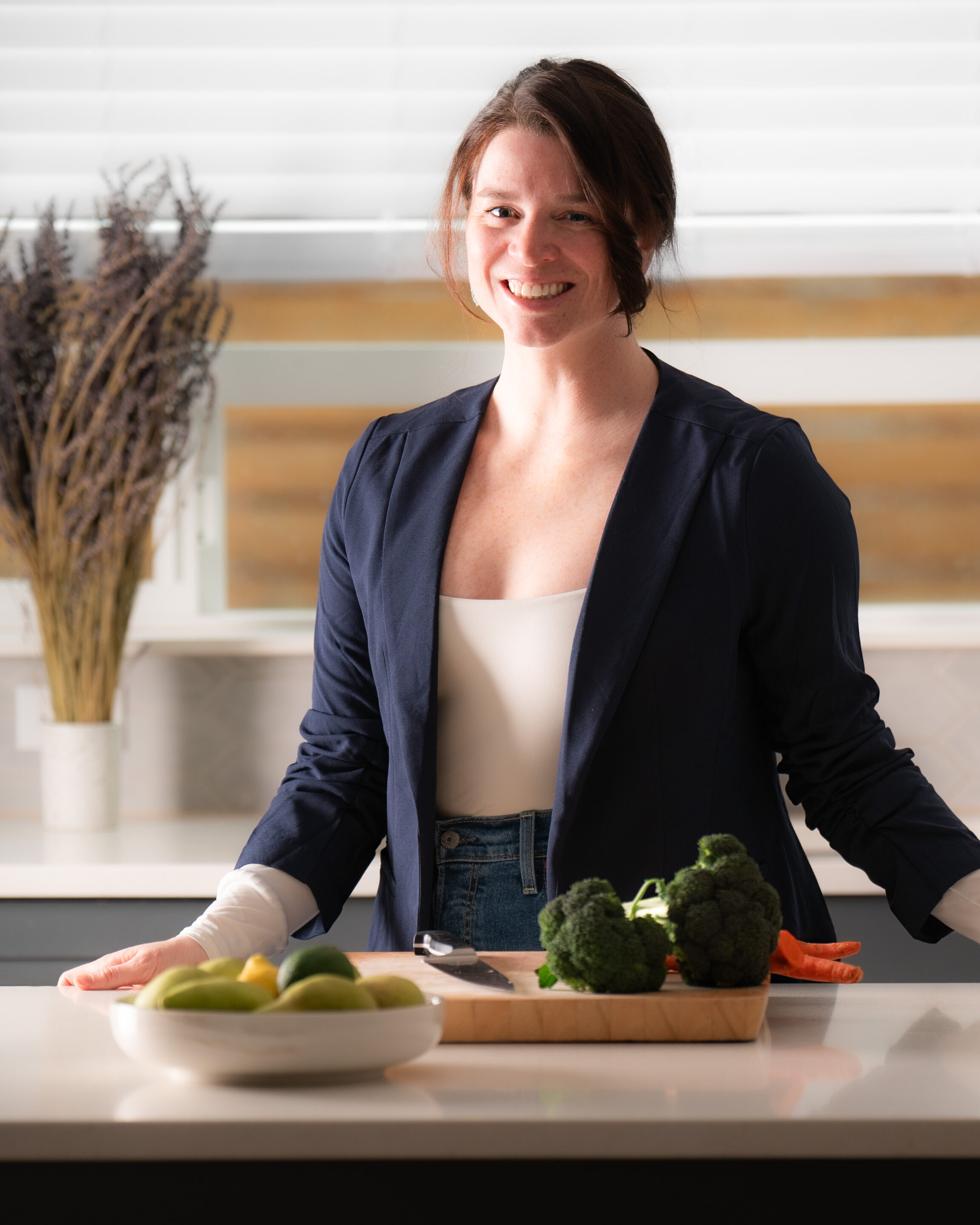Published: January 30, 2024
Last updated: April 2, 2025
The No-Stress Way to Eat More Plants (Without Giving Up Meat)
The Flexitarian Diet is gaining momentum among individuals seeking a less rigid approach to vegan and vegetarianism. The Flexitarian Diet also referred to as a semi-vegetarian diet, emphasizes the consumption of minimally processed plant-based foods. It is gaining recognition for its potential to enhance human health, lessen environmental impact, and result in cost savings.
In the U.S. News Best Diets 2024 rankings, the Flexitarian diet secured the top spot in the Best Plant-Based Diets category(1). As expected, it also claimed the second position in the Easiest Diets to Follow category(1). Suggesting the Flexitarian lifestyle is less rigid (or more flexible) and helps people sustain it.
This is probably due to the absence of strict rules or eliminations in the Flexitarian diet, allowing considerable flexibility for adjustments in line with an individual’s lifestyle objectives.
Individualizing Your Flexitarian Diet
Research indicates that beyond achieving targeted weight loss, incorporating more plant-based foods and reducing meat or animal product consumption can enhance overall health outcomes (2-3). This includes reducing the risk of conditions like type II diabetes, heart disease, and cancer (2-3). Moreover, Flexitarian diets reduce meat consumption, and this lifestyle is considered planet and budget-friendly.
If you decide to move toward a Flexitarian lifestyle, consider reflecting on your current diet and ask yourself why you are interested in this lifestyle shift. From semi-vegan to semi-vegetarian to semi-pescatarian, the Flexitarian lifestyle empowers individuals to customize their approach according to their specific goals.
The Flexitarian Guidelines
The Flexitarian Guidelines are simple and as follows:
- Focus on fruits, vegetables, whole grains, and lean proteins.
- Incorporate lots of non-meat proteins such as:
- Semi-vegan: beans, peas, nuts, and seeds
- Semi-vegetarian: the above plant-based proteins but also include eggs and dairy.
- Semi-pescatarian: similar to a semi-vegetarian, but it also includes seafood.
- Reduce meat portions and frequency of foods such as chicken, pork, and beef.
- Limit consumption of added sugars and highly processed foods.
Examples of Mindful Meat Consumption
Mindful meat consumption can mean different things to different people.
- Person A might aim to consume 6-8 meatless meals per week, while another avoids purchasing meat at home or out at restaurants, but will dive right into their grandmother’s classic Roast Turkey at Thanksgiving.
- Person B may choose to eat entirely vegan before 6 pm, like New York Times Bestselling Author Mark Bittman’s diet VB6: Eat Vegan Before 6:00 pm
Whatever the flexitarian lifestyle looks like, the outcome is the same. Direct your diet to obtain more protein from non-meat sources.
Setting Yourself Up For Success
A poorly planned Vegan, Vegetarian, or Flexitarian diet may be low in nutrients such as protein, iron, vitamin D, and calcium. However, the position of the Academy of Nutrition and Dietetics reports a well-designed lifestyle can avoid those deficiencies (4).
Especially, because unlike strict Vegans and Vegetarians, Flexitarians can meet their needs for protein with occasional animal-based protein sources such as meat and milk.
Here are a few tips for success in a balanced Flexitarian diet:
- Incorporate protein powders and other nutritional supplements, such as Vitamin D, as needed.
- Utilize meal planning tools and prepare meals and snacks in advance.
- Keep Flexitarian ingredients readily available for convenient and swift last-minute meal preparations. Check out my Flexitarian Pantry Guide!
My Favorite Flexitarian Resources For Inspiration
There are seemingly infinite books and resources on the internet geared toward plant-based eating! Just check out Google, Pinterest, and even social media channels like TikTok and Instagram.
I have included a list of some of my favorite resources below.
Books & Cookbooks
- The Flexitarian Diet by Dawn Jackson Blatner
- VB6: Eat Vegan Before 6:00 by Mark Bittman
- Food Rules: An Eater’s Manual by Michael Pollan
- Mostly Plants: 101 Delicious Flexitarian Recipes from the Pollan Family from Tracy Pollan, Dana Pollan, Lori Pollan, Corky Pollan
- The Flexitarian Cookbook: Adaptable recipes for part-time vegetarians and vegans by Ryland Peters & Small
- Veg-table: Recipes, Techniques, and Plant Science for Big-Flavored, Vegetable-Focused Meals by Nik Sharma
Blogs & Websites
- The Addy Bean: A Flexitarian Food Blog
- Peas and Hoppiness Meal Planning App Blog, Resources, and Recipes
- Meatless Mondays
- The Bittman Project – Mark Bittman, the author of “Vegan Before 6”
- Dawn Jackson Blatner The author of “The Flexitarian Diet”
- The Foodie Takes Flight – Vegan Asian Recipes and More
- Minimalist Baker
Social Media (so many, but these accounts/creators are phenomenal)
- @nytcooking
- @walderwellness
- @plantbasedrd
- @thebalancednutritionist
- @cookingforpeanuts
- @natnourishments
- @sophsplantkitchen
Like this Article? Check Out More of My Educational Content!
How to Make A Smoothie: Advice from a Registered Dietitian
How To Make A Flexitarian Breakfast
References:
- https://health.usnews.com/best-diet/best-diets-overall
- Clem, J., & Barthel, B. (2021). A Look at Plant-Based Diets. Missouri Medicine, 118(3), 233–238.
- Ferguson, J. J., Oldmeadow, C., Mishra, G. D., & Garg, M. L. (2022). Plant-based dietary patterns are associated with lower body weight, BMI, and waist circumference in older Australian women. Public Health Nutrition, 25(1), 18–31. https://doi.org/10.1017/S1368980021003852
- Melina, V., Craig, W., & Levin, S. (2016). Position of the Academy of Nutrition and Dietetics: Vegetarian Diets. Journal of the Academy of Nutrition and Dietetics, 116(12), 1970–1980. https://doi.org/10.1016/j.jand.2016.09.025
Hi, I’m Sarah Harper, a Registered Dietitian Nutritionist passionate about cooking, eating, and sharing all things food! At The Addy Bean, you’ll find a variety of flexitarian recipes designed to inspire and empower you to explore the delicious world of plant-based eating. My mission is to make plant-forward meals approachable, enjoyable, and part of your everyday life!













0 Comments